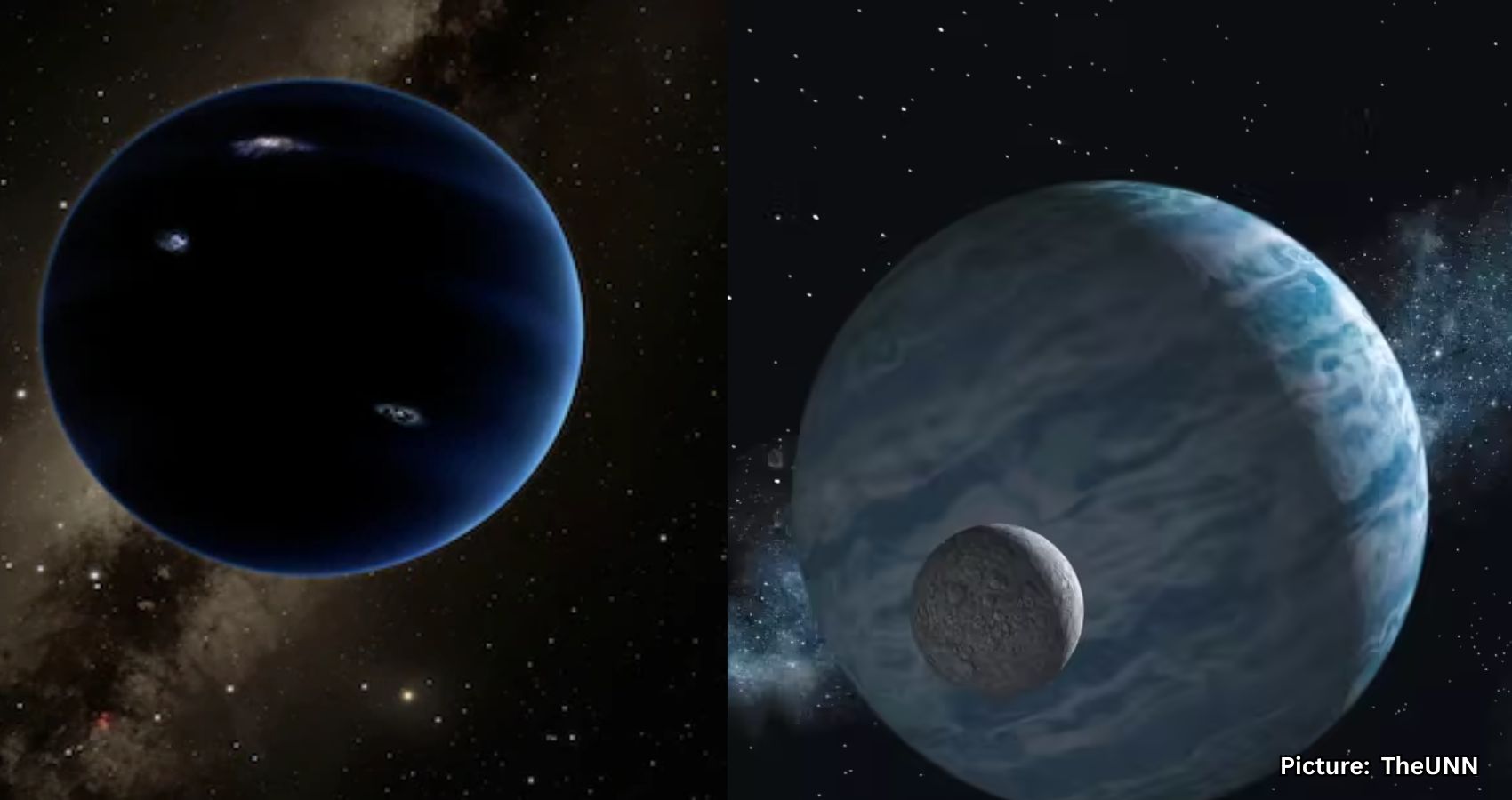Scientists at the Institute for Advanced Study have discovered a large trans-Neptune Object, 2017OF201, which may provide new insights into the elusive Planet Nine theory.
A team of researchers from the Institute for Advanced Study School of Natural Sciences in Princeton, New Jersey, has potentially identified a new dwarf planet that could lend support to the theory of a hypothetical super-planet known as Planet Nine. The scientists announced their findings in a recent news release, revealing the discovery of a trans-Neptune Object (TNO) designated 2017OF201, located in the remote region beyond the Kuiper Belt.
Trans-Neptune Objects are minor planets that orbit the Sun at distances greater than that of Neptune. While many TNOs have been cataloged, 2017OF201 stands out due to its significant size and unusual orbit. The research team, led by Sihao Cheng along with Jiaxuan Li and Eritas Yang from Princeton University, employed advanced computational techniques to trace the object’s unique trajectory in the sky.
“The object’s aphelion—the farthest point in its orbit from the Sun—is more than 1,600 times that of Earth’s orbit,” Cheng explained in the release. “Meanwhile, its perihelion—the closest point in its orbit to the Sun—is 44.5 times that of Earth’s orbit, which is similar to Pluto’s orbit.” The team estimates that 2017OF201 takes approximately 25,000 years to complete one orbit around the Sun. Yang suggested that the object likely experienced close encounters with a giant planet, which may have led to its ejection into a wide orbit.
Cheng further noted that the object’s migration may have involved multiple stages. “It’s possible that this object was first ejected to the Oort Cloud, the most distant region in our solar system, which is home to many comets, and then sent back,” he said.
This discovery could significantly alter current understandings of the outer solar system’s structure. In January 2016, astronomers Konstantin Batygin and Mike Brown from the California Institute of Technology (Caltech) proposed the existence of a planet approximately 1.5 times the size of Earth residing in the outer solar system. However, Planet Nine remains a theoretical construct, as neither Batygin nor Brown has directly observed such a planet.
The theory posits that Planet Nine could be similar in size to Neptune, located far beyond Pluto in the Kuiper Belt, where 2017OF201 was found. If it exists, this hypothetical planet could possess a mass up to ten times that of Earth and orbit the Sun at a distance up to 30 times greater than that of Neptune. It is estimated that it would take between 10,000 and 20,000 Earth years to complete a single orbit.
Previously, the region beyond the Kuiper Belt was thought to be largely empty, but the discovery of 2017OF201 suggests otherwise. Cheng emphasized the limited visibility of the object, stating, “2017OF201 only has about 1% of its orbit visible to us.” He added, “Even though advances in telescopes have enabled us to explore distant parts of the universe, there is still a great deal to discover about our own solar system.”
Nasa has indicated that if Planet Nine exists, it could help clarify the peculiar orbits of certain smaller objects in the distant Kuiper Belt. As it stands, Planet Nine remains a theoretical concept, with its existence inferred from gravitational patterns observed in the outer solar system.
Source: Original article

